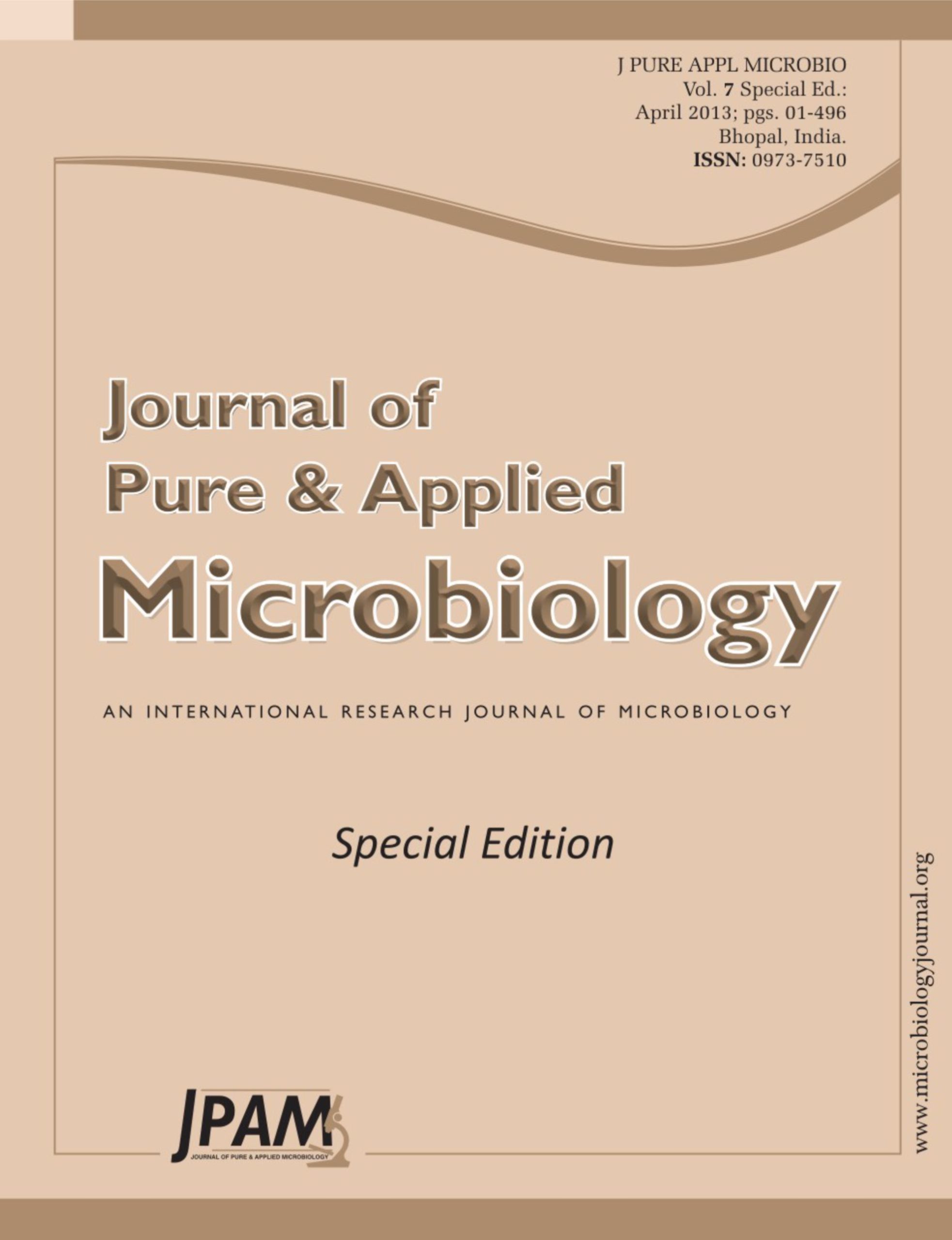Eucalyptus is considered as the important woody medicinal tree besides as the timber tree. Eucalyptus bioresources are abundant in south China and have been used as biomedicine for about 400 years. However, only leaves and roots of Eucalyptus had been utilized as medicinal resources. In order to further utilize the wood as biomedicine resources and find the high efficiency separation method, the chemical bond characterization of wood extractives in Eucalyptus biomass was investigated by FTIR, 1H-NMR, and 13C-NMR. The result showed that: There were the same groups in the three wood extractives P1, P2 and P3. However, they also contained the many different groups. FT-IR spectra showed that wood extractives P3 had C=O of unconjugated ketones, carbonyls and ester groups, and wood extractives P1 had C=O of conjugated ketones, carbonyls and ester groups. The 1H-NMR spectroscopy revealed that the three wood extractives had different reactivity, there were high reactive H of phenols(intramolecular concluded) or OH in carboxylic acids only in the wood extractives P1, and the wood extractives P1 and P2 had high reactive H of oximes. As could be seen from 13C NMR spectrum, there were alkenes in wood extractives P1 and P2, carbon-oxygen double bond (C=O) of unsaturated aldehydes and ketones in wood extractives P1, and the three wood extractives contained the different alkanes and alkynes.
Eucalyptus, Woody biomedicine, FTIR, NMR, Group characterization
© The Author(s) 2013. Open Access. This article is distributed under the terms of the Creative Commons Attribution 4.0 International License which permits unrestricted use, sharing, distribution, and reproduction in any medium, provided you give appropriate credit to the original author(s) and the source, provide a link to the Creative Commons license, and indicate if changes were made.


